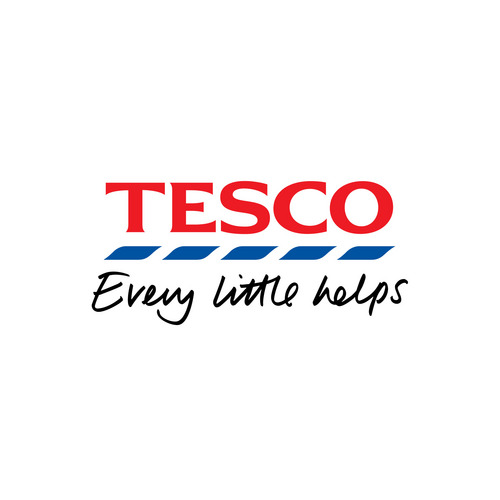Elements of Marketing Process of Tesco
 The Chartered Institute of Marketing defines marketing as “the management process responsible for identifying, anticipating, and satisfying customer requirements profitably”. Definition of marketing offered by American Marketing Association, on the other hand, is worded as “the activity, set of institutions, and processes for creating, communicating, delivering, and exchanging offerings that have value for customers, clients, partners, and society at large” (AMA, 2014, online)
The Chartered Institute of Marketing defines marketing as “the management process responsible for identifying, anticipating, and satisfying customer requirements profitably”. Definition of marketing offered by American Marketing Association, on the other hand, is worded as “the activity, set of institutions, and processes for creating, communicating, delivering, and exchanging offerings that have value for customers, clients, partners, and society at large” (AMA, 2014, online)
Alternatively, marketing can be defined as “a business orientation that focuses on satisfying customers’ needs at acceptable levels of revenues and costs” (Loudon et al., 2010, p.2).
Elements of marketing process of Tesco contain the following:
1. Analysis of the market and environment. Strategic tool to conduct this analysis include PESTEL, SWOT, Porter’s Five Forces, Value-Chain analysis and others.
2. Identification of the marketing target. Tesco targets specific segment of population in the UK and other countries where the supermarkets of the company operate.
3. Setting marketing objectives. Marketing objectives of Tesco include profit maximisation in short-term and long-term perspectives and increasing the value of the brand image. Marketing objectives of Tesco are closely associated with their business strategy which consist of the following seven elements (Vision and Strategy, 2013, online): a) to be growing the UK core, b) increasing international presence through offline and online channels, c) growing retail services in present markets, d) focus on corporate social responsibility, e) enhancing brand value, f) engaging in more diversification and g) creating value through teamwork.
4. Dealing with elements of the marketing mix. The importance of dealing with each elements of marketing mix taking into account needs, wants and other unique characteristics of target customer segment is fully understood by Tesco management.
5. Reflection, control and revision. This element of marketing process is used by Tesco marketing management in a periodic manner in order to assess the levels of effectiveness of marketing strategy and possible improve certain aspects of marketing strategy due to changes in external or internal environment.
Although the costs of Tesco’s marketing orientation might be significant, the contribution of marketing orientation of Tesco on its core purpose of profit maximisation is significant as well.
Link between Tesco’s marketing orientation and its competitive advantage is direct and strong. In other words, competitive advantage of Tesco relates to its competitive costs, and this competitive advantage is communicated via the marketing message of ‘Every Little Helps’ through integrated use of a set of marketing communication channels.
References
Definition of Marketing (2014) American Marketing Association, Available at: http://www.marketingpower.com/AboutAMA/Pages/DefinitionofMarketing.aspx
Loudon, D., Stevens, R. & Wrenn, B. (2010) “Marketing Management: Text and Cases” Routledge
Vision and Strategy (2014) Tesco Plc, Available at: http://www.tescoplc.com/index.asp?pageid=12
